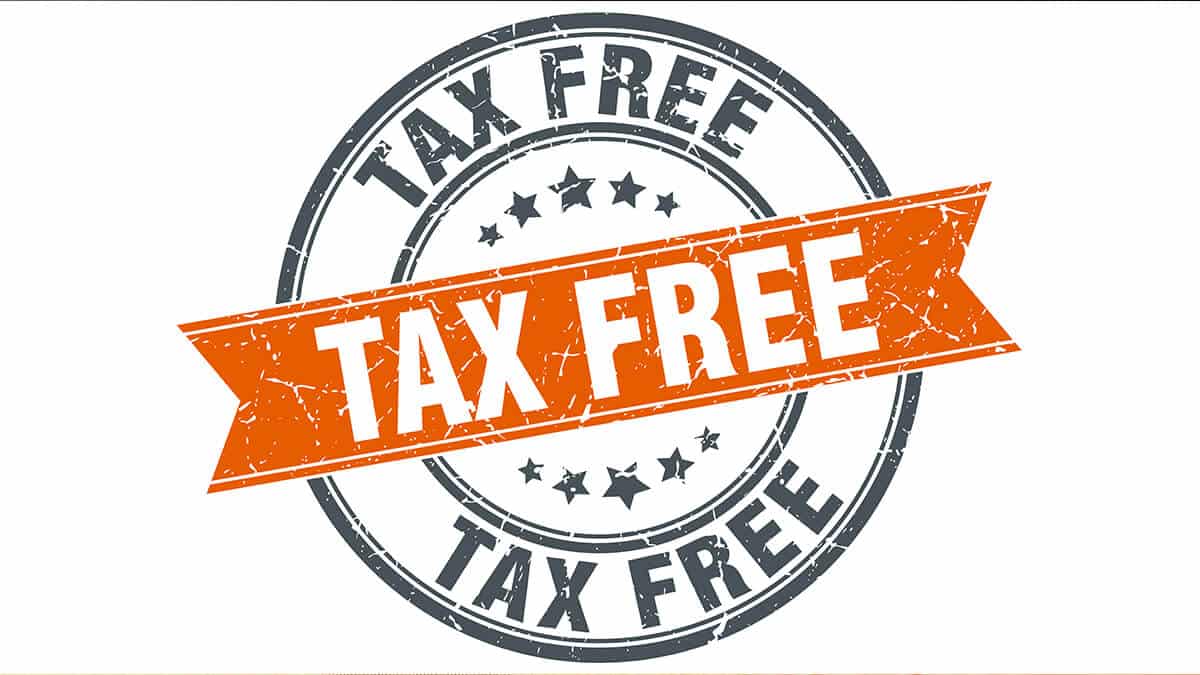In this guide
If your self-managed super fund (SMSF) is paying a pension, you might be able to take advantage of allowances made for the income earned on assets supporting that pension under the exempt current pension income (ECPI) rules.
As income earned on assets in retirement phase is tax free, ECPI can be used to offset other taxable income in the fund or to reduce the total tax liability of an SMSF. If there is only one member in an SMSF and that member is in retirement phase for the whole financial year, all income earned on assets will be tax free, provided there is no non-arm’s length income (NALI).
The rules
If you are paying a pension from your SMSF, you may be eligible to claim ECPI where the pension meets the Australian Taxation Office (ATO) requirements to be considered a retirement phase income stream.
Those requirements include the need for a pension payment to be made at least annually and that the pension amount meets the minimum pension payment required.
The amount required is based on the member’s age, as set out in the table below, and pension value.
| Age of beneficiary | Percentage factor |
|---|---|
| Under 65 | 4% |
| 65 to 74 | 5% |
| 75 to 79 | 6% |
| 80 to 84 | 7% |
| 85 to 89 | 9% |
| 90 to 94 | 11% |
| 95 or more | 14% |
Source: SIS Act
2026 SMSF calendar
Our free calendar includes due dates for important documents plus suggested dates for trustee meetings and other strategic issues for your SMSF.
"*" indicates required fields
ECPI is claimed in an SMSF’s annual tax return. How you calculate ECPI will depend on whether your assets are segregated or not.
For segregated assets, all the SMSF’s income earned on assets supporting the pension will be considered ECPI and free from tax.
The ATO uses the following definition for segregated assets:
Assets of a complying fund are segregated current pension assets if the assets are identified as supporting retirement-phase income streams and the sole purpose of these assets is to pay retirement-phase income streams.
Assets supporting the pension must be valued at market value.
However, if the value of the assets supporting the pension is more than the sum of the account balances of the SMSF’s income streams, the ATO says those assets cannot be segregated current pension assets “to the extent they exceed the account balances”.
For non-segregated assets, the proportionate method of calculating ECPI must be used.
SMSF assets that need to use the proportionate method for ECPI are those where the assets for accumulation members and retirement-phase members are mixed and there is no distinction discernible to members as to which assets belong to which phase.
In such cases, an actuary is required to proportion ECPI for each phase and this will usually be the proportion of the SMSF’s total account balances that are retirement-phase income streams and averaged across the year.
Funds that use the proportionate method to calculate ECPI are also required to obtain an actuarial certificate each year when claiming ECPI in their annual tax return.
Changes to calculating ECPI
Changes to the ECPI rules came into effect for the 2022 financial year onward and now allow super fund trustees holding all fund assets in retirement phase for part but not all of the income year to now use the proportionate method for calculating ECPI.
Manage your SMSF smarter – for free

Access practical, independent guides and checklists to help you run your fund with confidence with a free SuperGuide account.
Find out morePreviously, if an SMSF had members who moved all their benefits from accumulation phase into retirement phase at any point in a financial year, then that SMSF was required to adopt the segregated method to determine ECPI from that time forward, meaning the fund was then 100% in retirement phase.
These SMSFs would, in most cases, have been using the proportionate method for ECPI before moving entirely to retirement phase. There was essentially no flexibility.
The changes introduced in the 2022 financial year allow the SMSF trustee to adopt the method that best suits their fund’s position.
The reforms also removed the rules relating to disregarded small fund assets.
Before these changes, if an SMSF had at least one member in retirement phase (in receipt of a retirement phase income stream) and also had a total super balance above the legislated maximum total super balance, then that SMSF was not eligible to use the segregated asset method. They were forced to obtain an actuarial certificate to claim ECPI and incur the additional expense.
The removal of these rules allows all SMSFs to utilise the segregated method, regardless of the fund’s asset composition, and creates a fairer application of ECPI across all types of super funds.
Contributions and rollovers
If an SMSF that was previously 100% in retirement phase receives a contribution or rollover, it ceases to be considered 100% in retirement phase as the contribution or rollover is an accumulation interest.
But the ATO says that an SMSF doesn’t necessarily need to switch to the proportionate method in such cases.
Super knowledge is a super power

"*" indicates required fields
As long as the fund actively segregates the assets, such as by holding the contribution or rollover in a sub-account or separate bank account (following Taxation Determination TD 2014/7), the fund can continue to use the segregated method.
The SMSF is only required to use the proportionate method if the SMSF assets are not segregated. Member account balances should be recorded when the rollover or contribution is made for the purposes of obtaining an actuarial certificate.
Capital gains and capital losses
If an SMSF has segregated current pension assets, then capital gains and capital losses incurred as a result of selling these pension assets need to be ignored and a capital loss must not be offset against any other capital gain.
If an SMSF’s assets are non-segregated, then an SMSF’s net capital loss can be carried forward until it can be offset against an assessable capital gain. An SMSF’s net capital gain is added to the SMSF’s assessable income for the relevant year, and the actuary will calculate how much of the SMSF’s income is ECPI.
The bottom line
It is very important for SMSFs with members entering into retirement phase for the first time to understand how ECPI needs to be calculated well before the pension begins.
The ECPI rules are complex, so professional advice is strongly recommended. While many SMSFs may choose to use a service provider to complete their annual returns, and therefore their ECPI calculations, some careful forward planning may help a fund reduce cost and confusion for members as they reach retirement.



Leave a Reply
You must be logged in to post a comment.